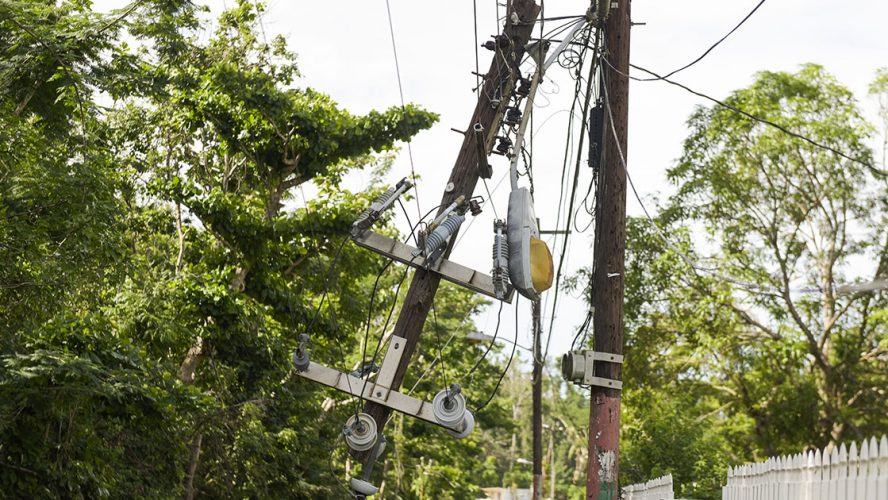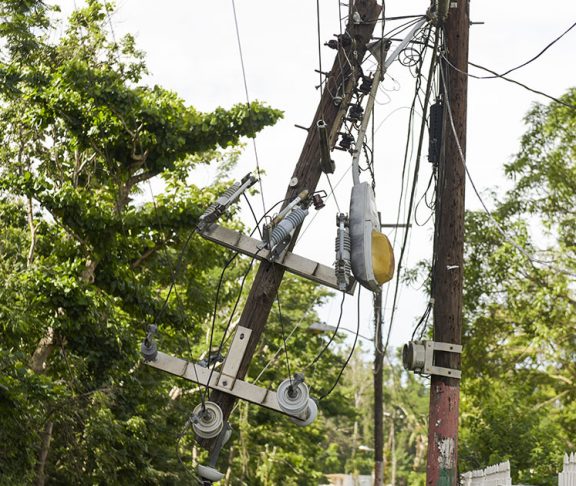One year ago, Hurricane Maria swept through Puerto Rico, devastating the island’s critical infrastructure. Impassable roads, electricity blackouts and extensive structural damage disrupted the lives of Puerto Rico’s 3.4 million residents. Some residents had to wait 11 months before their power was fully restored.
It’s never too early
A mix of federal agencies, local organizations and global nonprofits have teamed up to support Puerto Rico’s long road to recovery and prepare for similar storms in the future. Most Americans will fortunately never experience a storm with the devastating category 5 force of Hurricane Maria. But more and more catastrophic weather events mean that we should all be prepared for emergencies. The steps Puerto Rico is taking to prepare for future storms, even while recovering from Maria, can inspire other communities around the country.
With hurricane season running from June to November and peaking in September, Puerto Rican officials have invested in emergency trainings and have stockpiled food, water and generators. Islanders are now required to store enough supplies to survive for 10 days. In addition, police stations, emergency management centers, fire stations and hospitals have been given radios in the event of another major storm.
The power of community
Local community centers have become important gathering spaces since the hurricane. They are a place for people who have lost their homes to find shelter, get assistance and attend community events. The global organization Mercy Corps, supported by The Miami Foundation, Black Rock and Walmart, is transforming community centers into resilience hubs to prepare for future disasters. This transformation includes equipping the centers with low-maintenance solar energy systems and batteries that enable them to function off-the-grid. Now, in the case of another storm, people in the surrounding communities will be able to access safe drinking water, keep medications that require refrigeration cold and charge their phones to communicate with family members. Greenhouses or gardens at community centers could also provide fresh vegetables to be eaten or sold to offset costs of maintaining equipment.
We can all draw inspiration from the resilient communities of Puerto Rico and the creative ways they are rebuilding for a better future. What happened last year in Puerto Rico — and the recovery still underway — is a stark reminder of the importance of disaster preparedness.

